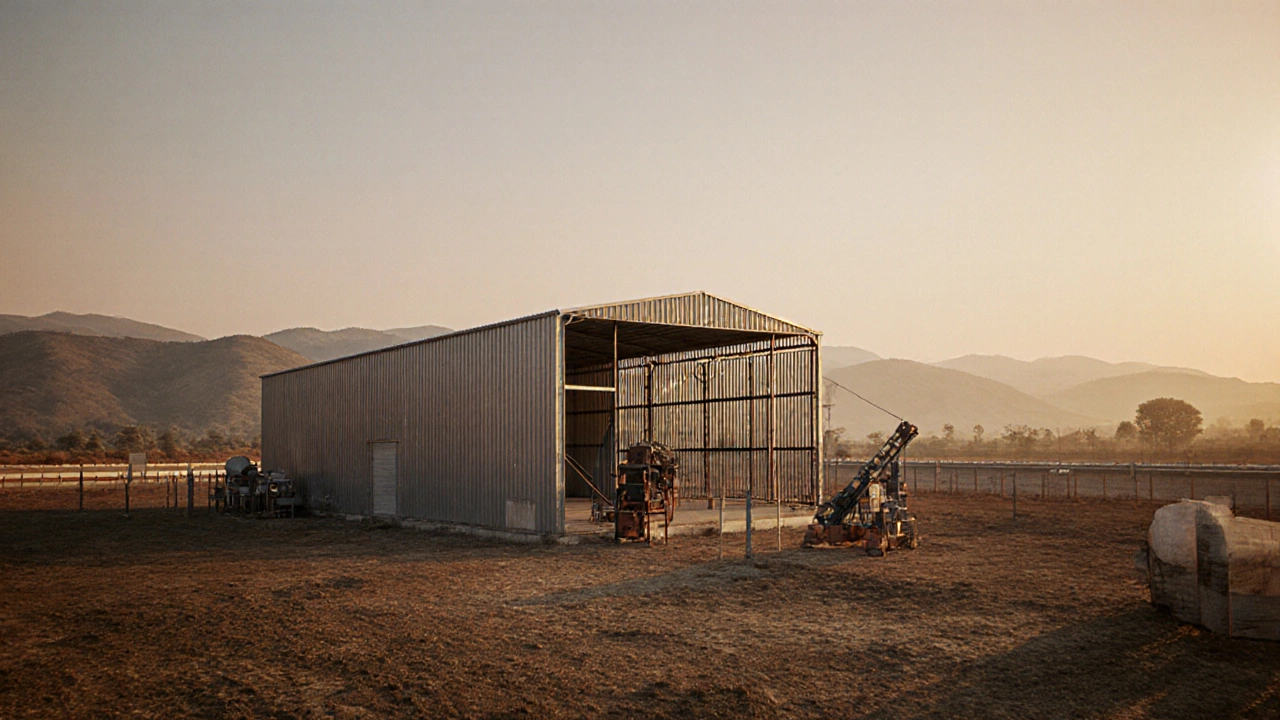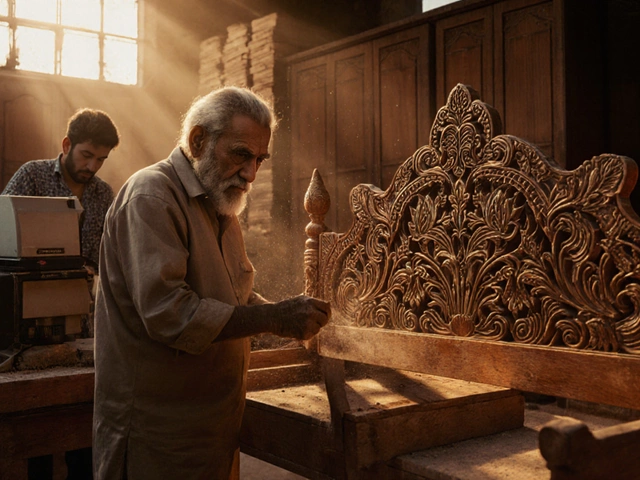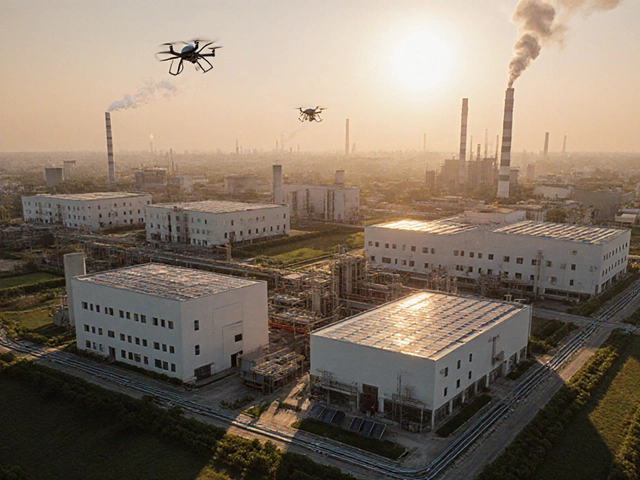Factory Startup Cost: Essential Guide for New Manufacturers
When planning a factory startup cost, the total money needed to launch a production facility. Also known as plant investment expense, it covers everything from land acquisition to initial payroll. Another key piece is capital expenditure, funds spent on buildings, machinery, and core equipment. A related concept is small scale industry, businesses that operate with tighter budgets and simplified regulations. Finally, manufacturing startup, the overall effort of establishing a new production operation ties all these elements together. Understanding how these pieces intersect helps you avoid surprise bills and keep the project on track.
Key Cost Drivers for a New Factory
A large chunk of the factory startup cost is tied to physical assets. Land price varies dramatically by region, and zoning rules can add fees or limit expansion. Building construction includes foundations, walls, utilities, and safety systems, each with its own budget line. Machinery and equipment represent the core capital expenditure—think CNC machines, assembly robots, or food‑processing lines. Don’t forget ancillary tools such as material handling forks, conveyors, and quality‑inspection devices; they often slip under the radar but affect the total spend. Together, these tangible items form the backbone of any manufacturing startup.
Beyond the bricks and bolts, operational expenses kick in from day one. Early payroll accounts for engineers, supervisors, and floor workers who need training before the first shift. Utility costs—electricity, water, compressed air—skyrocket when machines run at full speed, so budgeting for a realistic consumption rate matters. Raw material inventory also ties up cash; buying bulk can lower unit cost but increases upfront outlay. These ongoing items amplify the importance of accurate cost forecasting in a manufacturing startup.
Financing the venture adds another layer of complexity. Bank loans, government incentives, and private equity each bring different terms and requirements. In India, schemes like the Credit Linked Capital Subsidy Scheme (CLCSS) can offset up to 15% of equipment cost, while state‑level subsidies may cover utilities or land charges. However, securing these benefits often demands detailed project reports and compliance checks, which themselves incur professional fees. Understanding the mix of debt and grant options lets you shape a funding plan that matches cash flow needs.
Location choices influence both cost and risk. Proximity to raw material sources reduces logistics spend, but remote sites may suffer from higher power tariffs or limited skilled labor pools. Permit and environmental clearances can add months to the timeline, inflating indirect costs. Small scale industry zones often offer streamlined approvals, making them attractive for first‑time manufacturers. Weighing these factors against your product’s market reach helps you pick a spot that balances expense with strategic advantage.
Technology adoption reshapes the cost landscape. Automation reduces long‑term labor spend but raises initial capital outlay—high‑precision robots may cost hundreds of thousands upfront. Conversely, modular equipment allows phased investment, letting you start small and scale as demand grows. Digital tools like cost‑estimation software or ERP systems provide real‑time visibility into spend, helping you spot overruns early. Choosing the right tech mix is a key decision that directly impacts the overall factory startup cost.
Finally, plan for the unexpected. Contingency reserves—typically 10‑15% of the total budget—cover price spikes, delayed shipments, or regulatory changes. Risk assessments that identify potential bottlenecks, such as supply‑chain disruptions or equipment downtime, enable you to allocate buffer funds wisely. By embedding a safety net into your financial model, you protect the project from turning a cost overrun into a shutdown.
With these elements in mind, you now have a clear picture of what drives a factory startup cost and how each piece interacts. Below you’ll find articles that dive deeper into specific topics—equipment budgeting, financing options, small‑scale industry tips, and more—so you can fine‑tune your own cost plan and move confidently toward launch.
Small Factory Cost in India: Detailed Breakdown & Budget Guide
Explore the full cost breakdown of starting a small factory in India, from land and machinery to licenses and government subsidies, with a detailed budget guide.
Read More




